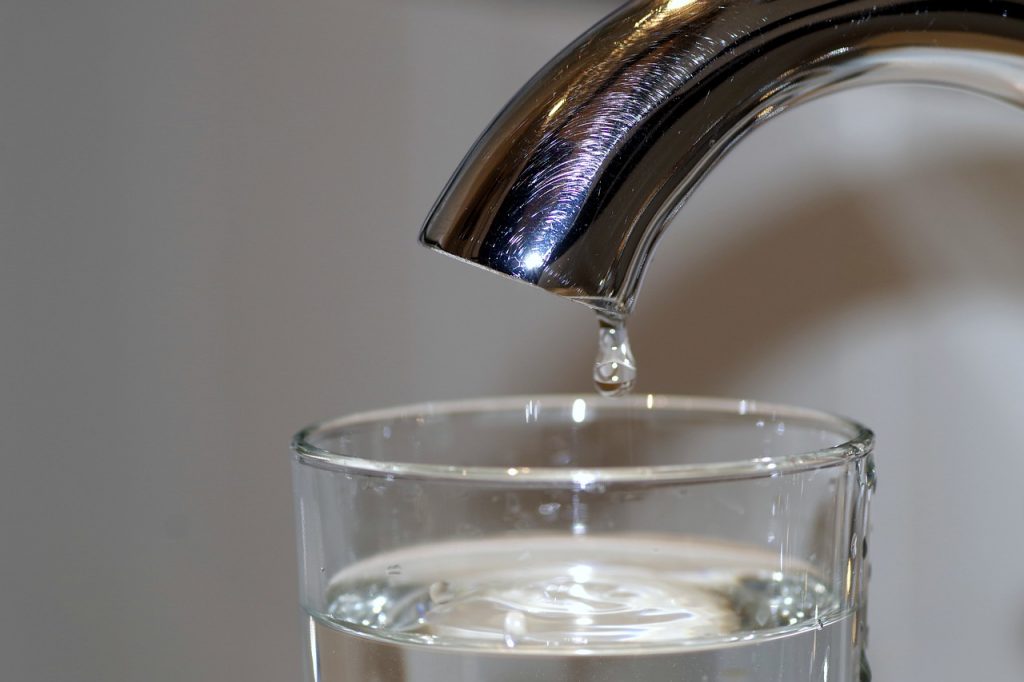Backflowing of water is an important topic to consider for any commercial property owner. For one thing, you’re obligated to use an accredited plumber to test your backflow systems for contaminants. In countries such as Australia, annual testing of backflow valves is mandatory with results being sent to the local water authority board. But why all the fuss?
Did you know there are different types of contaminants found in backflow water that can be detrimental to the health and safety of your employees and other occupants of the property? Performing annual backflow prevention testing tells you if your drinking water is contaminated.
What are the most common contaminants found in backflow and what can you do to keep your water safe? Keep reading to find out!
3 Types of Common Contaminants Found in Backflow Water
Backflow happens when there has been a pressure change in the pipes or water supply or if there is a faulty cross connection in your plumbing system. This can lead to contamination and the three most common types have serious health implications for people.
1. Sewage
Every building has plumbing systems installed for both sewage and potable water. When there are unavoidable pressure changes in the water supply, sewage becomes the number one source of contamination in drinking water. Cross-connections also increase the risk of sewage flowing back into the potable water.
Drinking water contaminated with sewage is highly dangerous as it contains harmful bacteria such as Salmonella and E. coli. Harmful viruses and parasites are also found in sewage. When ingested, you can end up with serious gastrointestinal problems such as vomiting, diarrhea and stomach cramps.
2. Toxic Substances
Herbicides and pesticides are often applied through a hose connection with the business’s water supply. While this is an efficient way of spreading these chemicals onto lawns and other areas, it can interfere with your potable water supply if there isn’t a backflow prevention device in place.
Ingesting toxic substances found in herbicides and pesticides and other harmful chemicals is dangerous for both humans and animals. Acute poisoning from these toxins results in unpleasant symptoms which include dizziness, headaches, gastrointestinal upsets, spasms and convulsions and even heart attacks.
3. Stored Water
Stored water in wells, ponds or reservoirs can end up in your backflow if cross-connections are faulty. Some businesses also keep stored water for operational purposes. It’s essential to keep it separate from the drinking water supply for the health and safety of all workers and visitors to your premises.
Stored water isn’t normally treated but backflow contamination with this type of water isn’t necessarily dangerous. However, it still contains bacteria which can result in mild stomach upsets and other minor illnesses if ingested or used for washing hands or showering.
The Importance of Installing Backflow Prevention Systems
Every commercial property owner is responsible for ensuring all occupants have access to clean, uncontaminated water. Backflow prevention devices help to stop contaminants from entering potable water should there be a pressure change in the supply or cross connections cause reverse flow in the pipes.
Installing backflow prevention systems also protects you against expensive liability claims! Your company is responsible for paying medical bills should any of your workers fall ill because of polluted water in the workplace. You’ll also face serious legal implications if it’s discovered you don’t have backflow prevention devices installed on your commercial property.
Water filters help to keep some impurities out of drinking water but they’re not sufficient for removing harmful bacteria and other pathogens from contaminated backflow. Installing backflow valves gives additional reassurance that your water supply is clean and safe for human consumption.
Why You Need to Perform Annual Backflow Testing
Australian laws and regulations stipulate that all businesses must supply clean, drinking water in the workplace. It’s mandatory to install backflow prevention systems but annual testing is also a legal requirement. Backflow testing checks that the water doesn’t contain pollutants and that the prevention devices are working properly and are well-maintained.
Backflow testing needs to be performed every 12 months by an accredited plumbing technician. The expert will assess the risk rating of the backflow on your commercial property. This information will be used to determine the best backflow prevention system for your building.
Ongoing maintenance is also recommended to ensure the backflow prevention system doesn’t fail unexpectedly. Regular testing will catch any problems before they arise, keeping everyone safe on a continual basis.
Scheduling regular backflow prevention testing helps you to comply with the local water authority requirements while giving you peace of mind the drinking water is safe for consumption.
Final Thoughts
Using professional commercial plumbing services in Melbourne will ensure you have the right backflow prevention devices installed for your property. Booking a Williamstown plumber for regular backflow testing means you can relax knowing the drinking water supply is contaminant-free.
Give our team at Banjo Nominees a call on 03 9397 1111 and let us handle all your backflow prevention and testing needs. Our highly skilled and certified plumbers are equipped to sort out any backflow problem on your commercial property!


